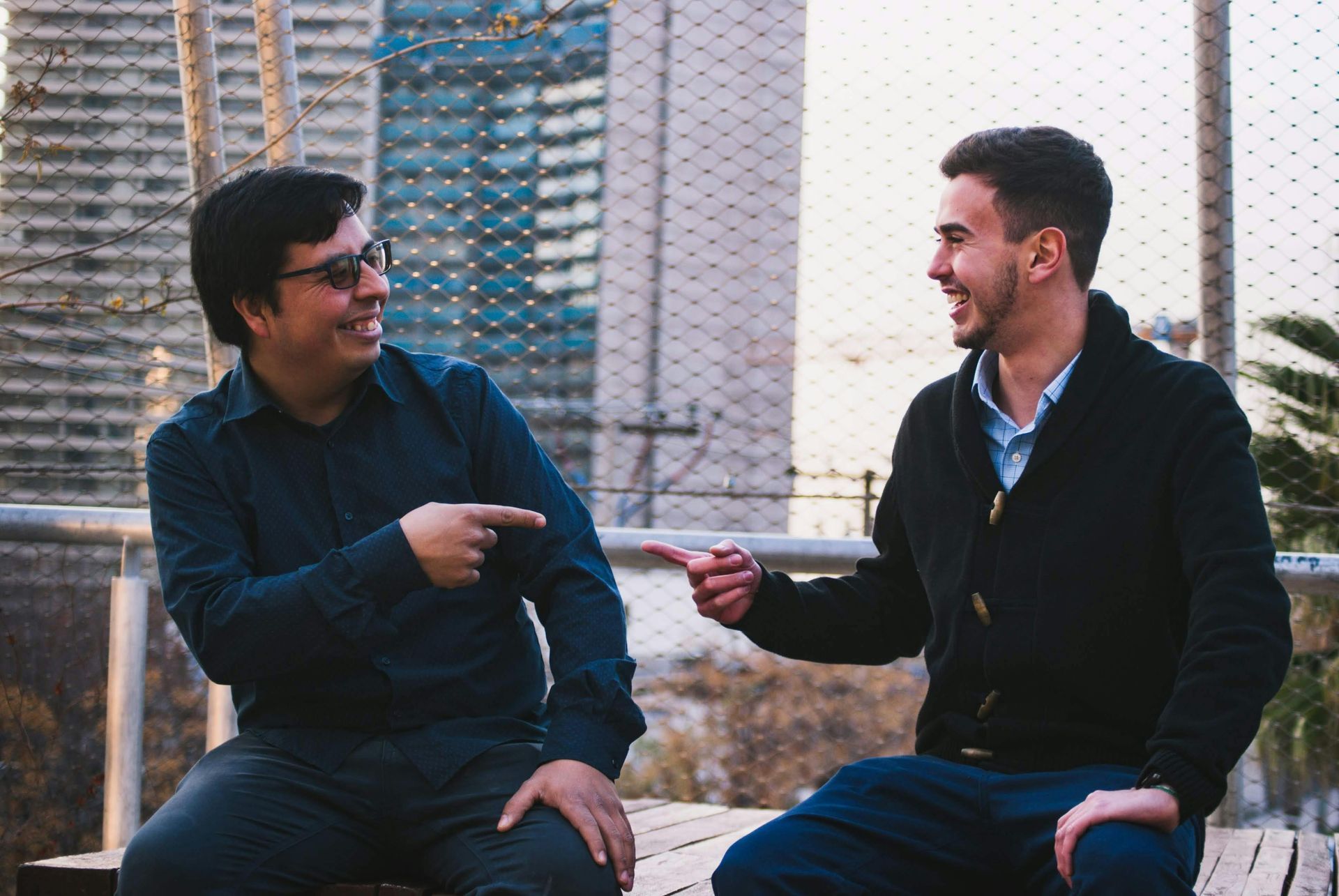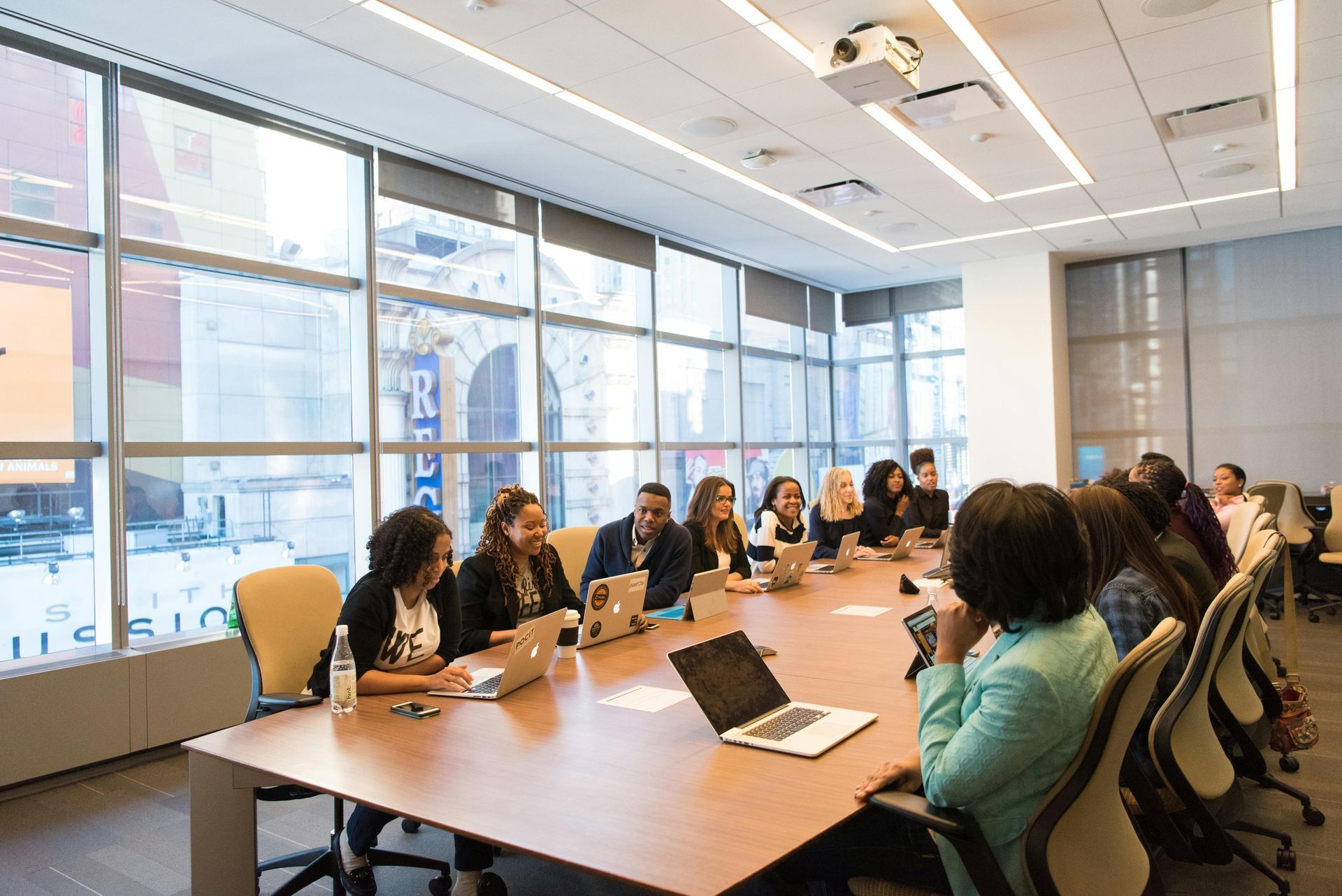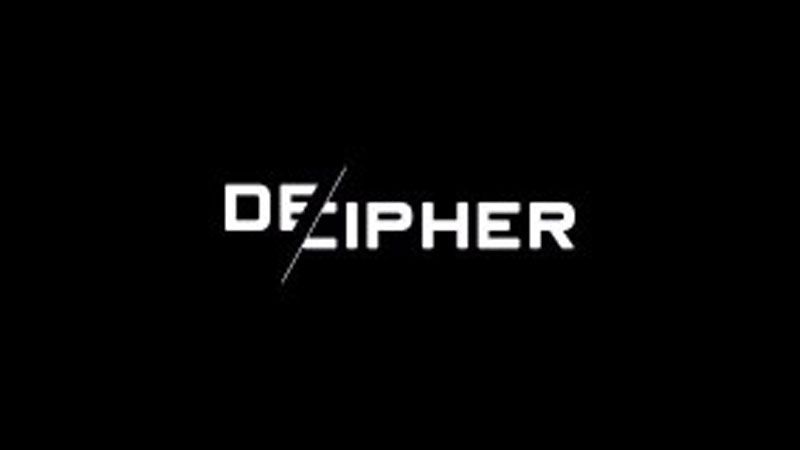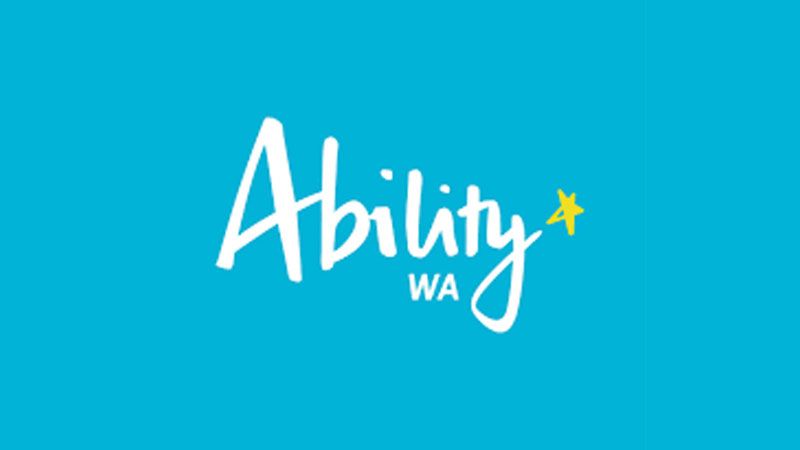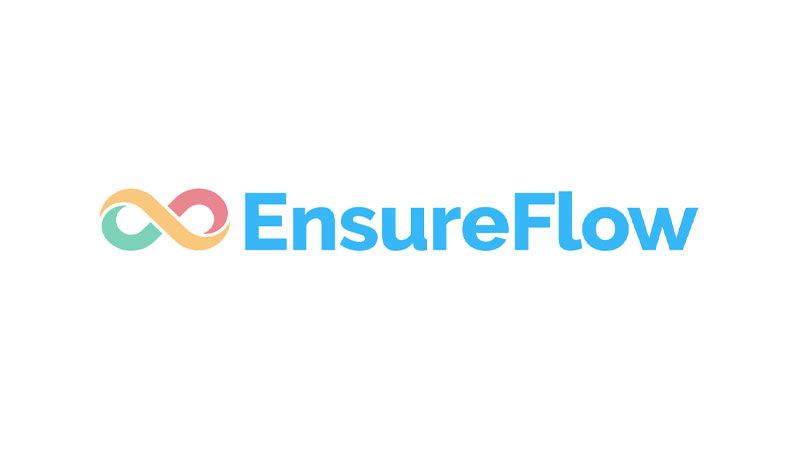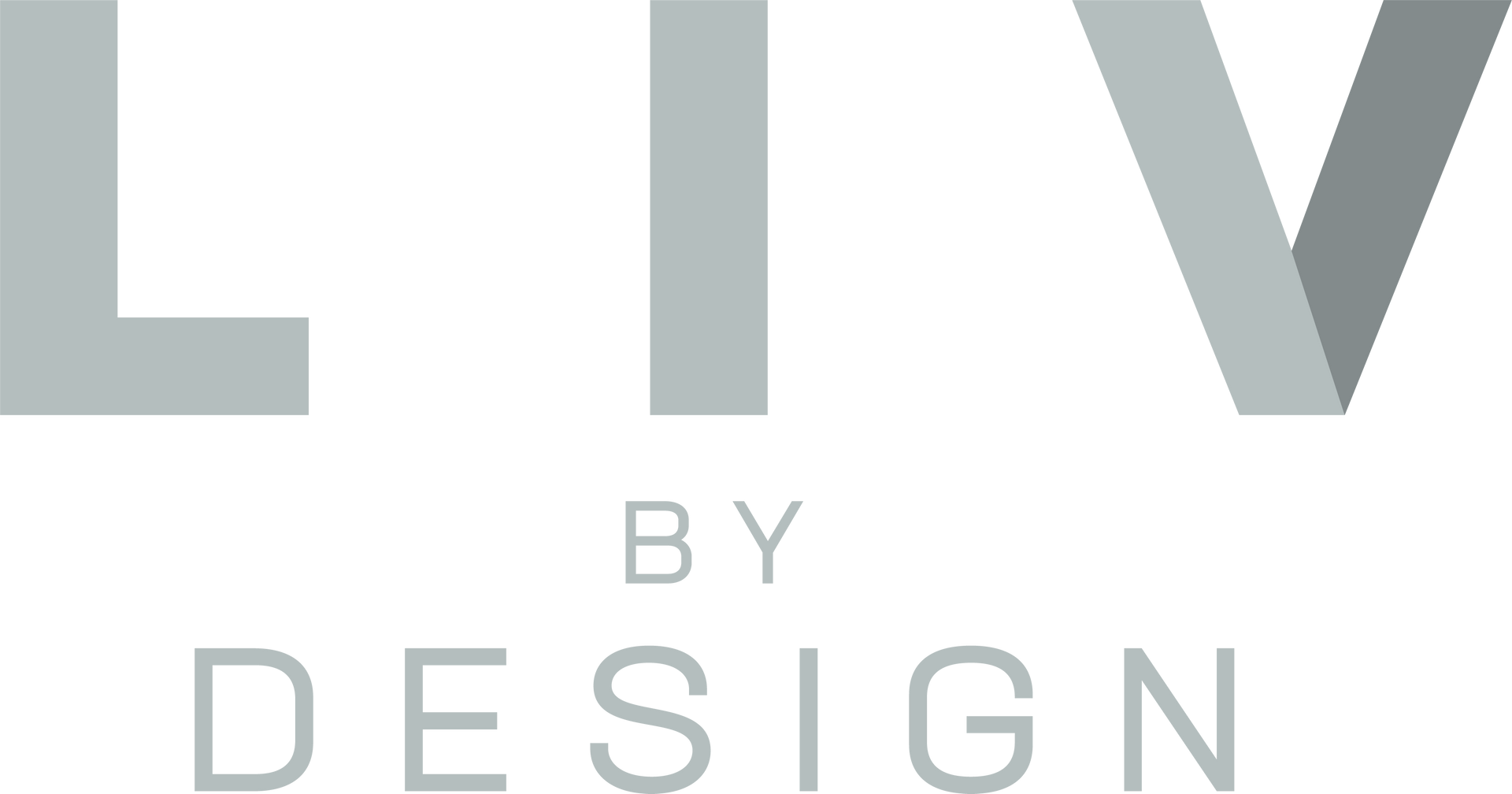The Collaboration Project: Help Your Teams Design Their Way to High Achievement
In today’s fast-paced and interconnected world, collaboration has become the cornerstone of success in any endeavour. Whether it’s in business, education, or creative pursuits, the ability to work effectively with others can make all the difference between mediocrity and excellence. That’s why we’re excited to introduce “The Collaboration Project,” a comprehensive online course designed to equip you and your teams with the skills and strategies needed to achieve remarkable results through collaboration.
Why Collaboration Matters
Collaboration isn’t just a buzzword; it’s a fundamental principle that underpins innovation, productivity, and growth. When individuals come together, bringing their unique perspectives, expertise, and experiences to the table, they have the power to accomplish far more than they ever could alone. By fostering a culture of collaboration within your organisation or team, you unlock a wealth of potential and open the door to new opportunities for success.
What You’ll Learn
“The Collaboration Project” is a six-week journey that will empower you to harness the power of collaboration effectively. Through a combination of expert-led instruction, interactive exercises, and real-world case studies, you’ll learn:
- The Foundations of Collaboration: Explore the key principles and dynamics that drive successful collaboration, including communication, trust-building, and conflict resolution.
- Design Thinking for Collaboration: Discover how to apply design thinking principles to collaborative projects, enabling you to innovate, iterate, and adapt in response to changing circumstances.
- Effective Team Dynamics: Learn how to cultivate a positive team culture, leverage individual strengths, and overcome common challenges to collaboration.
- Tools and Technologies: Explore a range of tools and technologies designed to facilitate collaboration, from project management platforms to virtual communication tools.
- Building Strategic Partnerships: Understand the importance of strategic partnerships in driving collaboration beyond your immediate team or organization.
- Measuring Success: Develop metrics and benchmarks to evaluate the effectiveness of your collaborative efforts and identify areas for improvement.
Who Should Enroll
“The Collaboration Project” is ideal for anyone who works in a team environment and wants to enhance their collaboration skills. Whether you’re a business leader, project manager, educator, or creative professional, this course will provide you with the insights and strategies you need to excel in your collaborative endeavours.
Join Us Today
Don’t miss this opportunity to transform the way you work and unlock the full potential of your teams. Enrol in “The Collaboration Project” today and embark on a journey towards high achievement through collaboration. Visit our course page to learn more and secure your spot. Together, let’s design a future of success through collaboration.
